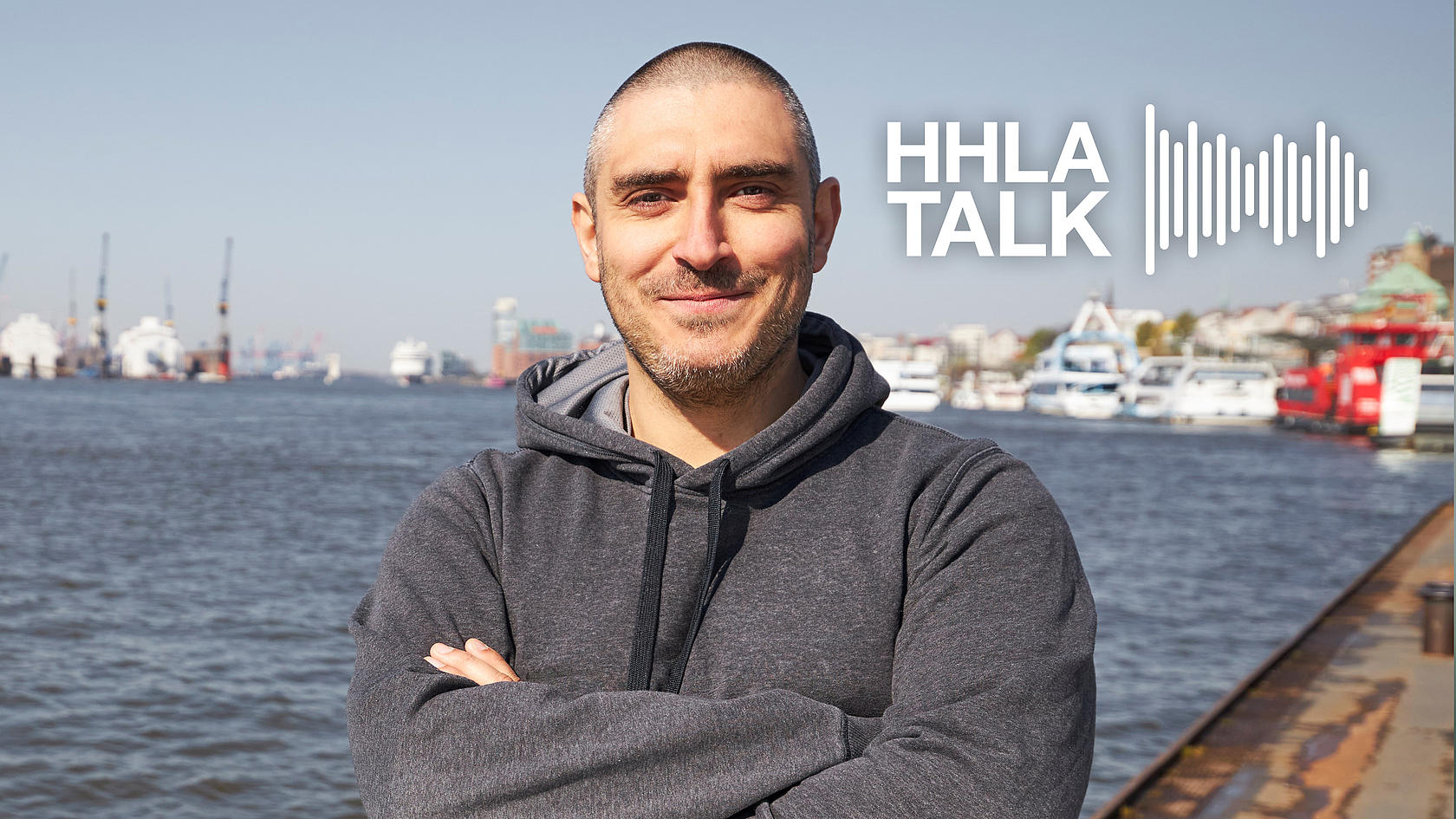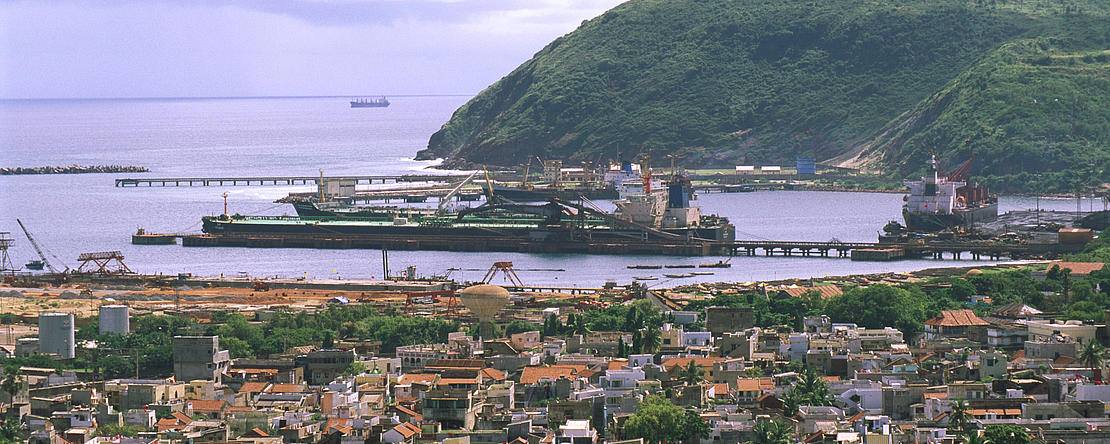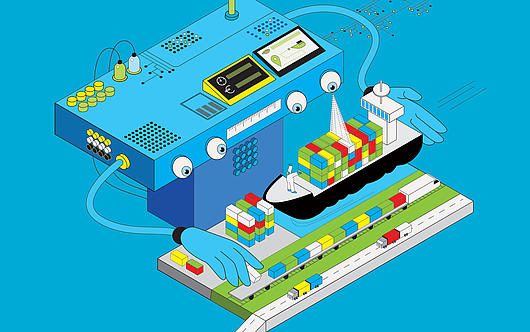
What is sustainability?
When it comes to sustainability, acknowledgement is the first step. Launching sustainability endavours without realising the nature of the problem can quickly derail into impactless, disposable actions. The first thing to acknowledge is that, in its essence, sustainability is a wicked problem that does not have a stopwatch. Just like start-ups pivot their business model to adapt to evolving market signs, sustainability mutates throughout the times. This makes it both challenging and exciting.
Most companies have the net zero emission goal on their agenda, and boards discuss how to measure, track, report, and improve their scope 1, 2, and 3 emissions, showing that corporations are increasing their accountability over their impact on the environment. Nevertheless, net zero is not the destination; it is the first stop along quite a long way. If we could make every single economic player net zero with a finger snap, we would simply have halted a downward spiral.

Net zero will likely spin off to “climate positivity” since, at some point, we will have to detox our planet from the harm done over the last 100 years – net zero will not be enough for that.
The second acknowledgement is reckoning how geographical, political, and economic factors influence the overall understanding of the term “sustainability”. A study by Capital Group in 2022 revealed that when addressing ESG, environmental concerns account for 48% of the focus of companies in Europe but only 41% in North America. Political division on the importance of decarbonisation and a sequence of financial and crypto scandals (recent ramifications of Wells Fargo, Robinhood, Bonnie & Clyde, and FTX, amongst many others) make governance much more prominent in that region of the globe.
Finally, sustainability has evolved from philanthropic ventures to become the core of organisational strategies. Ikea has run a forestry department since the 1990s and is actively pursuing the goal of becoming forest-positive. Back in 1990, I was still a kid, but I clearly remember people asking for plastic bags in supermarkets instead of paper ones for the sole purpose of saving trees. How much have things changed in just a few decades?
How is sustainability perceived across the globe?
It is fair to assume the epicenter of sustainability is in Europe, with the EU making a firm commitment to triggering change with the launch of the Corporate Sustainability Reporting Directive and the upcoming taxonomy on scope 1, 2, and 3 emissions. Sustainability in Europe is no philanthropy – it is a matter of compliance, cost avoidance, and, ultimately, survival. Companies are bringing sustainability to the centre of their board discussions, pivoting their strategies and reshaping their operations to continuously support their customers while leaving a positive environmental footprint.

Georgia, for example, in the Caucasus region, an EU candidate since November 2023, has recently approved a 19 million US dollar green transportation fund to develop green logistics corridors and establish the grounds to foster road-to-rail transition. While 80% of the country’s electricity is generated based on renewables, carbon-intensive fuels still account for 75% of the country’s energy expenditure. The transportation sector has the most significant footprint, accounting for 30% of the total expenditure. With the World Bank forecasting a three-fold increase in trade volumes and the halving of the transportation times in the region by 2030, there is a need for structural measures to reshape the country’s logistics infrastructure.

India, one of the countries with the lowest sustainability score awarded by Morning Star, has an extensive environmental law framework covering environmental protection, wildlife protection, forest conservation, control and prevention of water and air pollution, spearheaded by the Ministry of Environment, Forest & Climate Change. For ports, though, the sustainability focus is on ensuring safe operations, ramping up the automation of heavy machinery and handling equipment, minimising incidents, and eliminating fatalities during operations. While the environment is at the core of India's government’s strategy, the social factor has a much more prominent role in the logistics sector.
The remaining Asia Pacific region has a growing appetite for climate development endavours and much less regulatory restrictions. Compared to Europe, we see a similar interest in bringing sustainability to the core of the company’s value propositions but a much simpler regulatory framework that can accelerate new ventures and business models.

As a consultant, I see a particular focus on the supply chain, driven mainly by the fact that, in the past years, all industries started to tame their emissions, except the transportation sector.
The pandemic has reshaped consumer behaviour, and last-mile delivery plummeted from a ratio of 4 packets delivered per stop to an astonishing 1.1 packets delivered per stop, which undercuts efficiency, increases costs, and, consequently, boosts carbon emissions. We see ports, terminal operators, authorities and logistics companies intensifying cooperation and exploring joint ventures and partnerships to test new concepts. Ultimately, we see energy clusters and green corridors developing in cross-industry collaborations to pursue climate positivity.
What are the future challenges in our industry?
Much has yet to be unveiled, but some trends look like they are here to stay, and ports, shipping lines, and logistics companies generally embrace them. We expect an overall increase of regulatory frameworks to seek the necessary data precision to enable meaningful decarbonisation-inducing policies and taxonomy that will, ultimately, affect investor confidence and behaviour and influence the rating of companies based not on their carbon footprint but on the feasibility of their plans to reshape that footprint.

In this scenario, sustainability reporting is no longer a matter of complying with the minimum thresholds featured in the applicable regulation.
It gives players a good grasp on their business processes from an energy expenditure perspective and build an event-centric data architecture that logs, tracks, and reports detailed figures throughout the supply chain, enabling significant improvements.
In ports, energy management will become crucial, and terminals will eventually pay much more attention to energy requirements. Besides the natural transition of energy supply to machinery and handling equipment, focusing on shaving consumption peaks, harmonising expenditure, and connecting energy demands with service levels will become increasingly crucial in port facility planning, management, and operations. Sustainable fuels are at the heart of the upcoming transformation towards a greener future for shipping lines, which means transitioning or retrofitting fleets into alternative fuels. However, due to differences in energy density, the existing route networks will likely see adjustments to fulfill new bunkering requirements. At the same time, the speed of conversion will likely be a synchronised waltz between shipyard retrofitting capacity and energy generation capacity.
For logistics companies, last-mile route optimisation, digitalisation, and customer intimacy will become vital. AI-powered optimisation technology will likely target and optimise last-mile deliveries by consolidating routes and deliveries across significant players that will evolve from fierce competitors to diligent collaborators to unlock efficiencies and reduce the climate footprint.


